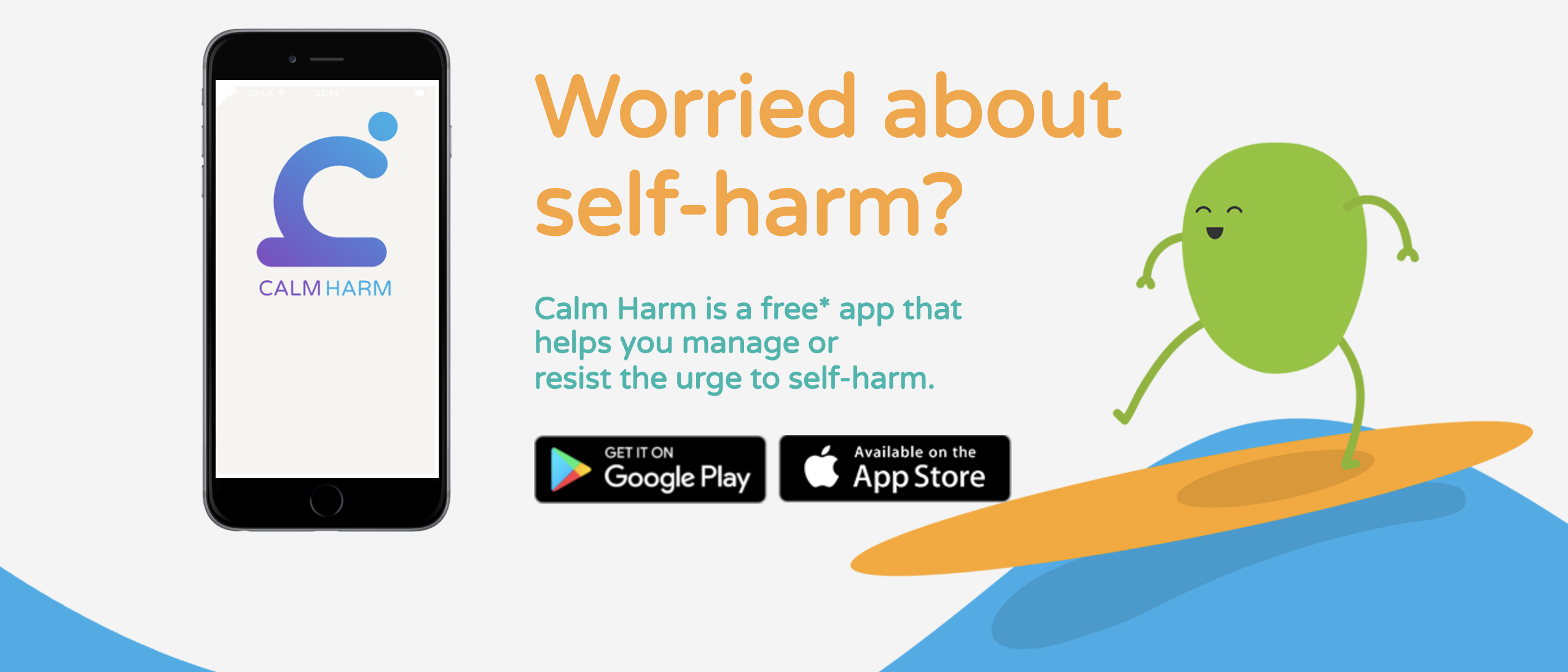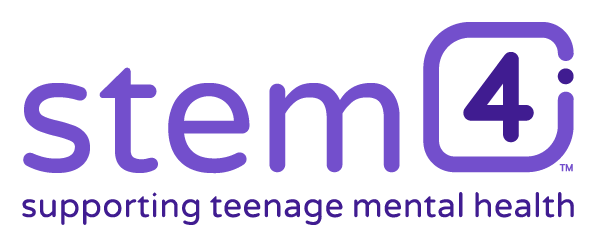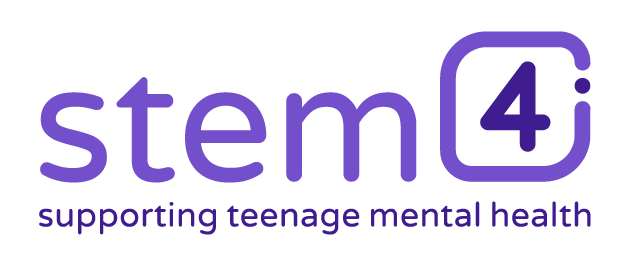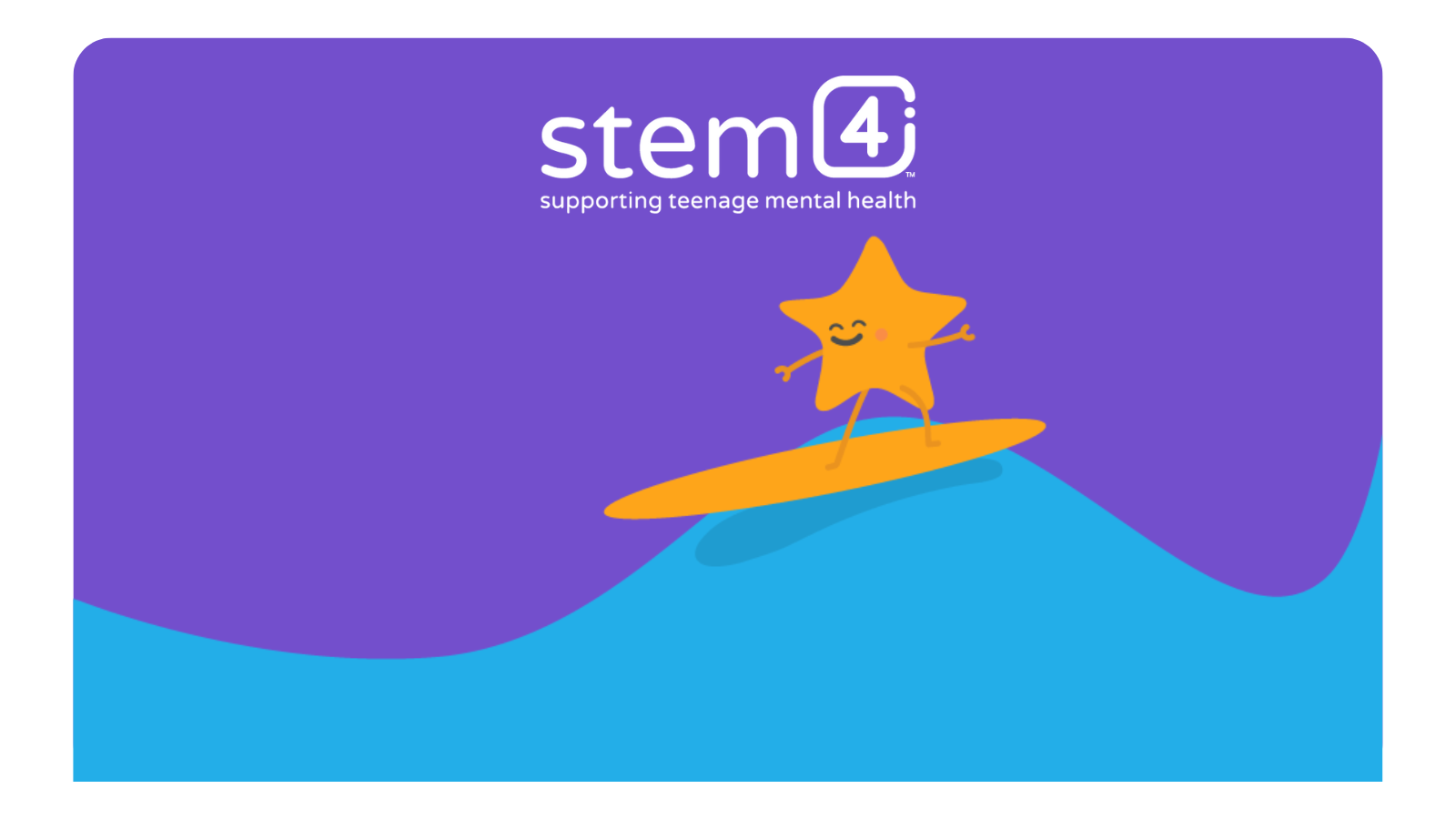
The Calm Harm app helps young people to manage the difficult emotional urges that lead to self-harm behaviours through providing a range of strategies. It is based on a form of psychological treatment called Dialectical Behaviour Therapy (DBT) which helps people who use it to identify and manage their ‘emotional mind’ by ‘surfing’ the impulse and by tracking underlying triggers. It has been downloaded over 3 million times and stem4 have received numerous messages about how, through its simple, but effective techniques users have been able to soothe and reduce harmful thoughts and behaviours.
How have you been using Calm Harm this year?
- Since the beginning of this year, over 50,000 activities have been logged in the app, with 92% of these reported by users to have been helpful.
- The most commonly-reported reason for users’ urges to self-harm was that they felt stressed.
- The Animals mascots were the most popular.

- The Breathe activity was the most popular.
- The most popular theme was Sunset.

Your feedback so far:
Amazing, thank you. Thank you so so much, I’m 4 weeks clean ❤️🩹
Calm harm has helped me countless times ⭐️⭐️⭐️⭐️⭐️ it’s hard to think of distractions and positive coping skills in the moment so having it displayed nicely in an app helps so much
I love tracking and seeing my progress. Just makes me proud of myself.
Amazing app has helped me so much even just knowing i have a superb prevention has made life so much easier.
I absolutely love this app because it helped me stay clean for over 5 months and helped me take care of myself. Love it!!
I got recommended this app from my therapist when I admitted that I self harm and that I needed help with it. I found it really helpful I would definitely recommend it to others.
How does the Calm Harm app act as a suicide prevention tool?
The Calm Harm app provides some immediate activities and techniques to help you break the cycle of self-harm behaviour and explore underlying trigger factors; the app supports you in building a ‘safety net’ of helpful thoughts, behaviours, and access to supportive people, as well as providing the opportunity to journal and self-reflect. The Calm Harm app also signposts to help.
While the Calm Harm app is not a substitute for the assessment and individualised treatment by a health/mental health professional, it offers young people a tool to ‘ride the wave’ of difficult to manage emotions.
How can you support Calm Harm?
- Give us your feedback. We love to hear from you and it is so helpful to hear what you love about the app and what we could do to improve it.
- Spread the word. The Calm Harm app has largely been promoted by those who have benefited from it. If you have found the app helpful, why not share it with others so that they can also benefit from this resource.
- Create your own. Get in touch with us to explore creating a customised version of Calm Harm for your students or patients, helping them to get the right support, faster.
- Donate to or fundraise for stem4. The Calm Harm app is developed by a London based charity stem4. To continue running our app and helping so many young people we need your support now more than ever.



